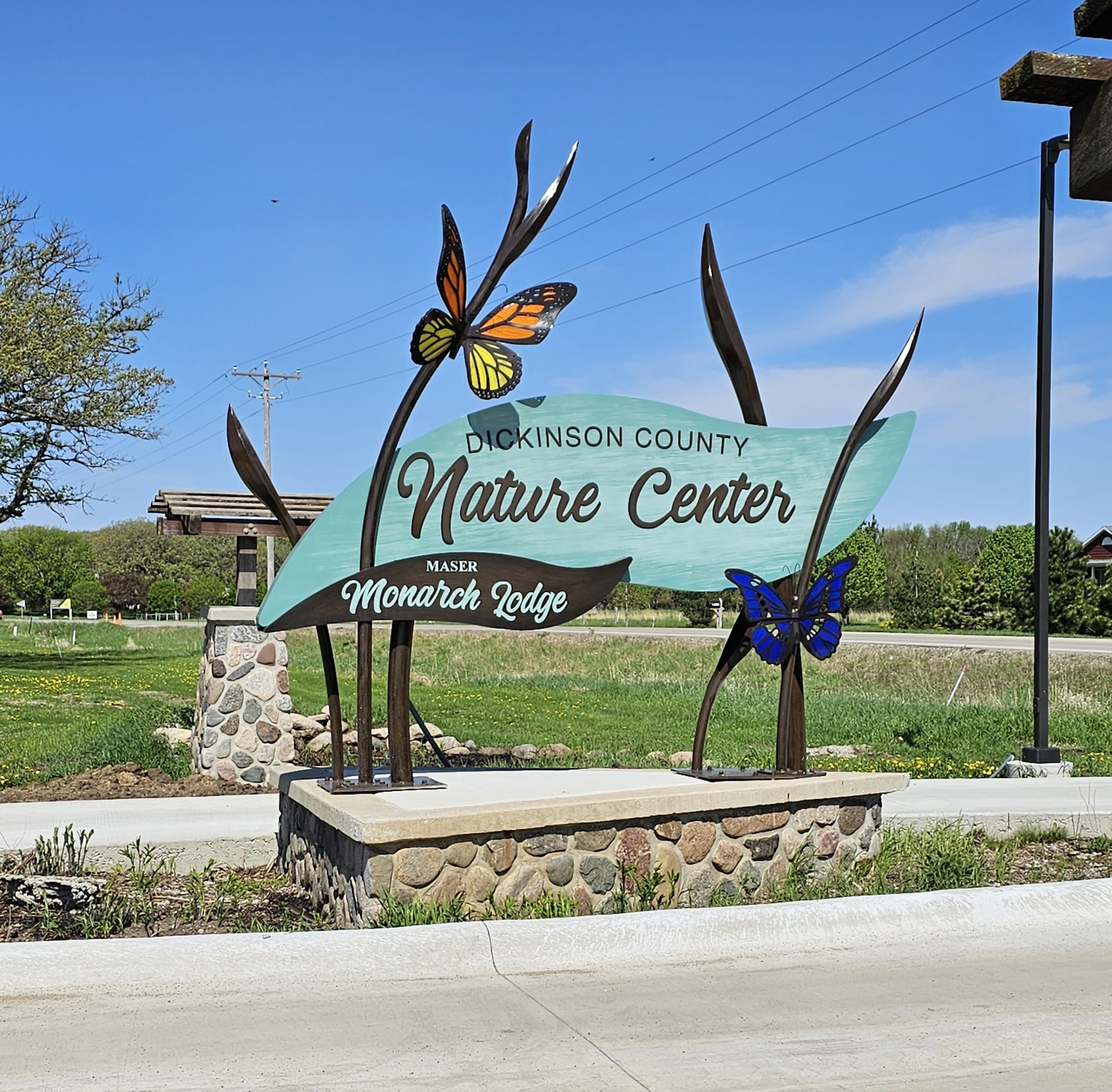(Spirit Lake)– The Dickinson county board of supervisors Tuesday voted three-to-two to forward one of two options for the Lower Gar Outlet to the U.S. Army Corps of Engineers and the Iowa DNR for their approval.
The options, neither intended to prevent another flood from ever taking place, but instead are designed to bring down high water levels sooner, were dubbed the “Compromised High Water Relief Project” by County Engineer Dan Eckert, who presented the pro’s and cons of each to the supervisors. The options were identified by Eckert as options two and three.
The first, or option two, adds two 14 by 4 culverts at a height six inches over the weir (dam), with one on the north side and one on the south side of the existing structure. That option has an estimated cost of $301,666.
The other, option three, would remove two of the existing elliptical culverts, which would be replaced by three 12 by 5 box culverts. It’s cost was estimated to be about 71-thousand dollars more than option two.
Eckert said option two more closely represents a compromise reached by the county, the city of Milford and residents on the lower chain of lakes in that the new culverts wouldn’t flow until the water level was six inches over the height of the weir (dam). He said option three more closely meets recommendations of the Corps of Engineers, but would result in more flow during low water levels.
Eckert added that wile option two more satisfies the intent to strike a compromise, that the best hydraulic engineering solution would be a bridge, which was recommended in the corps report.
From a liability standpoint, Assistant County Attorney Lonnie Saunders said he’s most confident with option two.
Supervisor Wayne Northey made a motion to submit option two to the Corps and DNR, saying it best addresses concerns on both sides of the issue.
Northey, along with supervisors Mardi Allen and Pam Jordan voted in favor of the motion, while Chairman David Gottsche and Supervisor Paul Johnson voted no. Johnson said he was concerned about second guessing the Corps’ recommendation.
The option that was adopted by the supervisors is still subject to approval by the DNR and U.S. Army Corps of Engineers. It’s up to those agencies to issue the necessary permits for the project. And Eckert said it’s likely the Corps will want to do another study before it gives any final approval.


















